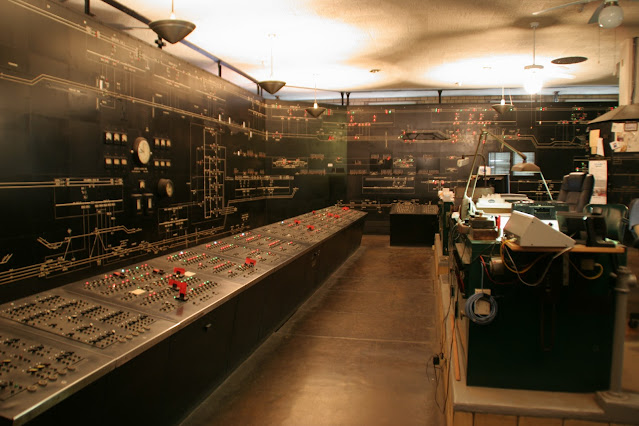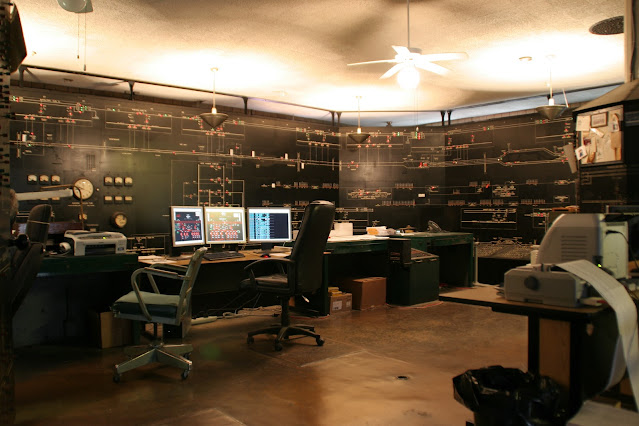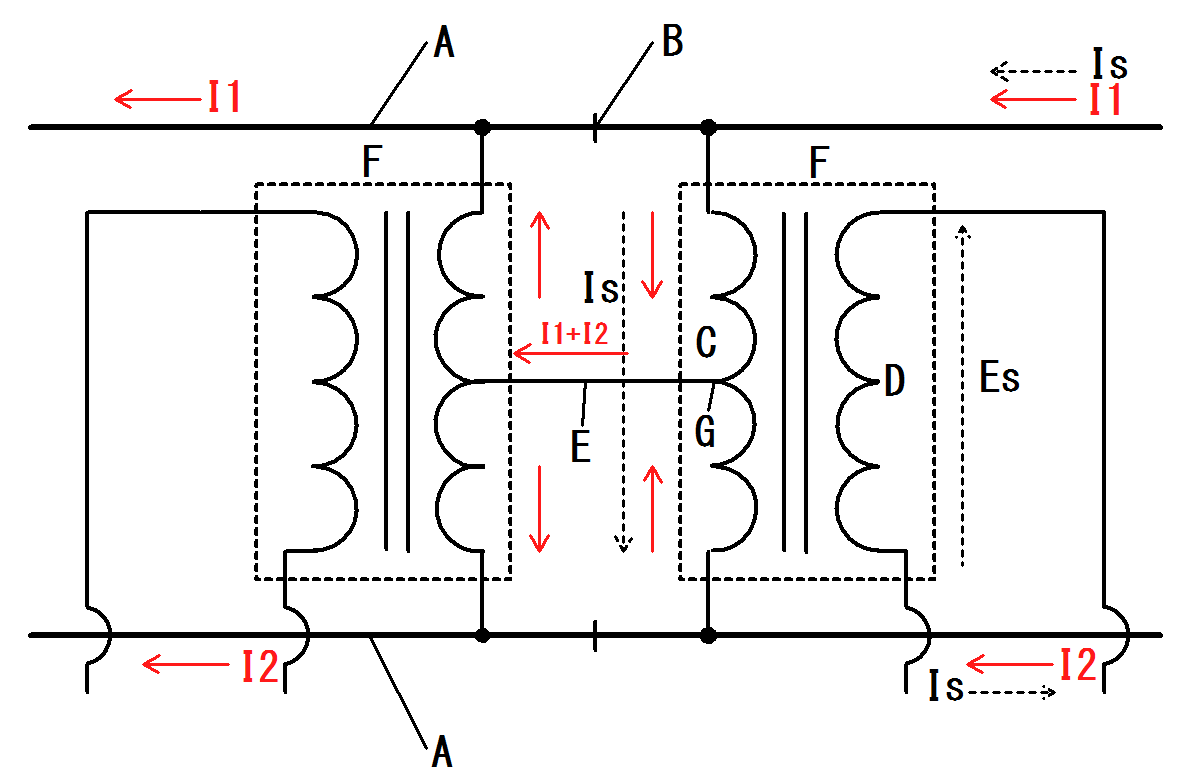While this is ostensibly a blog about railroad signaling, I'll sometimes cover related bits of historic technology like railroad telecom systems, electrification systems and drawbridges. Today I get to cover two of those topics at once. Located on the former New Haven Railroad Shore Line, the Niantic River Drawbridge sat at the mouth of the Niantic River in the town of, you guessed it, Niantic, CT. A former New Haven Railroad signaling station, the 1907 bridge would later take the name NAN in the Penn Central and would serve as a staffed interlocking and block station up until the Boston electrification project of the late 1990's. Due to the New Haven being in perpetual bankruptcy NAN saw little in the way of upgrades and was documented by the Library of Congress before the changes of the NEC Improvement Project. While a chain-driven rolling lift bascule bridge is pretty cool in and of itself, it was the electrification project that provided "Old Nan" with one heck of a curtain call.
Railroad movable bridges have to employ complex mechanisms to separate the running rails and unlock the bridge, however when overhead electrification is involved a separate yet equally important system to isolate the contact wire across the movable span must also be employed. Because the 1907 NAN bridge was not electrified for its first 93 years of existence, this system had to be retrofitted onto the rolling bascule span in situ.
On the contemporary Pellham Bay bridge, which was electrified within a decade of construction, a mechanism isolates the dynamic tension contact wires, while an alternate routing takes the 12kv lines up and over the waterway. The span then rolls back causing the wires across it to sag down to touch the track structure. (I have seen a photo of this, but cannot currently locate it.) However when NAN was electrified in the 1990's, Amtrak had to use a fancy constant tension solution and in this case that meant a solid aluminum rail type conductor running the length of the span. Now, if you're sharp you might already realize that when the bascule span rolls back, a solid rail can't bend and flex with it. Well, this video shows the solution.
That's right, a traveling telescoping carriage would move back and forth to extend and withdraw the contact rails from below the rolling structure of the bridge. What's even crazier was that NAN was the busiest drawbridge on the NEC due to a low clearance of 11 feet and a steady stream of boat traffic. Due to complaints from boaters, an agreement with the Coast Guard in 2003 limited closings to "only" 48 per day, so in its final decade of service, Old Nan was putting on quite the show. Unfortunately the 1907 bridge was finally replaced in 2012 by a new bascule span with greater clearance to reduce the need for openings. Fortunately its presence in plain view right downtown allowed for many to personally experience the show and record it for posterity.




















:quality(70)/cloudfront-us-east-1.images.arcpublishing.com/tronc/NHZRPY3LEFBJREREYT6J435UVY.jpg)
































